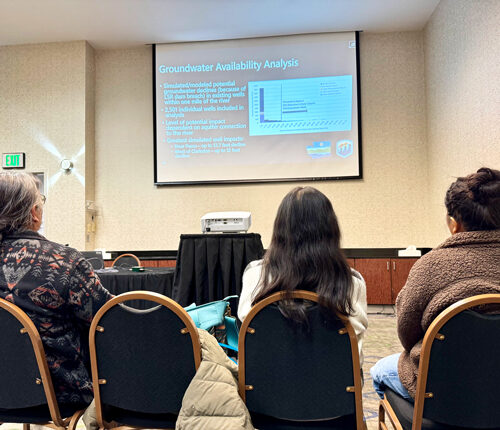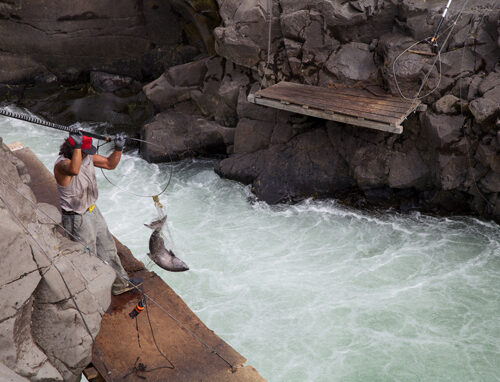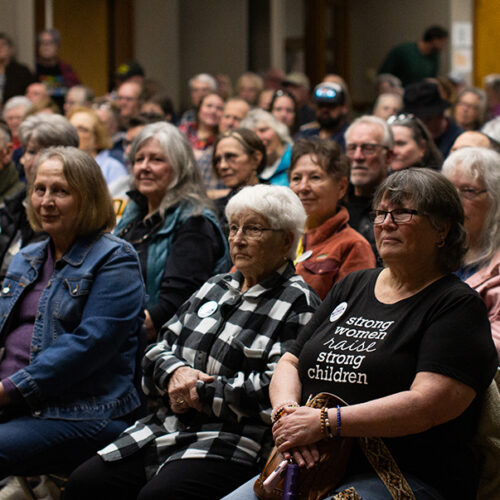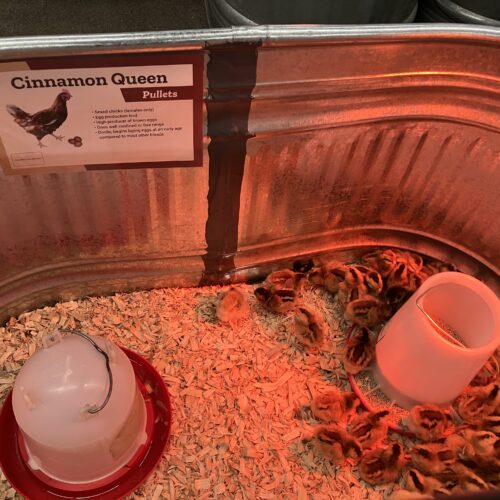
20-Year Legal Battle Over Salmon To Be Paused Until Next Summer
READ
A longstanding court battle over the federal government’s plan to manage dams on the Snake and Columbia rivers could be on hold until next summer.
A coalition of the State of Oregon, conservation and fishing groups, and the Nez Perce Tribe requested on Thursday to pause litigation that fought the latest federal dam operation plan to protect endangered salmon.
In the meantime, the coalition and the Biden administration hope to find a long-term solution to help endangered salmon and steelhead runs.
For now, the compromise would require dam operators to spill more water over the tops of dams this spring to help juvenile salmon migrate out to sea. Young salmon face many challenges in their journey to sea, including swimming through dam turbines, which can cause physical challenges similar to the bends in deep sea divers.
Fish advocates said spilling additional water will help juvenile salmon avoid turbines. However, dam advocates have raised concerns about less energy generation when the federal government has agreed to increased spill operations in the past.
Nez Perce Tribe chairman Samuel N. Penney said these newest measures will help salmon in the short-term. However, the coalition challenging the federal government called the compromise a stop-gap measure.
“This temporary compromise, which provides incremental benefits for fish, will have been a critical turning point if it enables a comprehensive resolution that prevents the extinction of salmon and steelhead populations, which is clearly on the horizon,” Penney said.
The Nez Perce Tribe has long said the federal government isn’t honoring the Treaty of 1855, which guaranteed tribes the right to fish in all usual and accustomed places, because the hydropower system has decimated salmon runs.
“Tribes, maybe more than anyone, understand the moment we face: a salmon crisis, a climate crisis, and a long-overdue opportunity to address 90 years of tribal injustice imposed by the Columbia power system on Indian people and their homelands,” said Shannon Wheeler, Nez Perce Tribe vice-chairman.
The Biden administration called the compromise an important step toward an agreement on the Columbia River system operations. This agreement will guide operations at eight dams in 2022 on the Columbia and Snake rivers.
“This agreement opens an opportunity for states, tribes, federal agencies, Congress, and all stakeholders to work together to forge enduring solutions that are so badly needed,” said Brenda Mallory, White House Council on Environmental Quality chair.
The administration is committed to finding a long-term solution for salmon and clean energy, Mallory said.
For more than 20 years, the coalition repeatedly challenged the federal biological opinion, or BiOp, which guides dam operations on the Columbia River system, arguing the federal government did enough to protect salmon and steelhead.
The federal government has rewritten its plan multiple times after various federal judges rejected the plan.
If a federal judge approves this compromise, it will pause litigation until July 31, 2022.
The conservation groups and Nez Perce Tribe said their decision comes after Rep. Mike Simpson, R-Idaho, Washington Gov. Jay Inslee and Sen. Patty Murray, D-Washington, vowed to take serious looks at removing the four dams on the Lower Snake River.
Simpson suggested a $33.5 billion proposal that would have removed the four dams and funded solutions for irrigation, transportation, and renewable energy that could be lost if the dams are removed. That plan never gained much steam from congressional members from the Northwest.
Removing the four Lower Snake River dams would require an act of Congress.
More recently, Inslee said he and Murray would begin talks across the region about issues on the Snake River. At a roundtable Oct. 14, Inslee said a report on those talks would be ready by the summer of 2022.
Conservation groups said these sorts of discussions led the way for today’s compromise.
However, the groups are ready to head back to court if the talks don’t move forward, said Liz Hamilton, Northwest Sportfishing Industry Association executive director.
“We urgently need a real, comprehensive solution that works for all interests and believe these discussions can deliver that result for salmon, and salmon-dependent communities and others,” Hamilton said.
Related Stories:

Canadian leaders hope trade negotiations won’t derail Columbia River Treaty
A view of the Columbia River in British Columbia. The Columbia River Treaty is on “pause” while the Trump administration considers its policy options. However, recent comments by President Donald

Snake River water, recreation studies look at the river’s future
People listen to an introductory presentation on the water supply study findings at an open house-style meeting in Pasco. After they listened to the presentation, they could look at posters

Fish hatchery transferred to Yakama Nation, upgrades underway
Yakama Nation tribal members fish in the Klickitat River for fall chinook salmon. The Yakama Nation recently gained ownership of a fish hatchery on the river. (Credit: USFWS – Pacific














